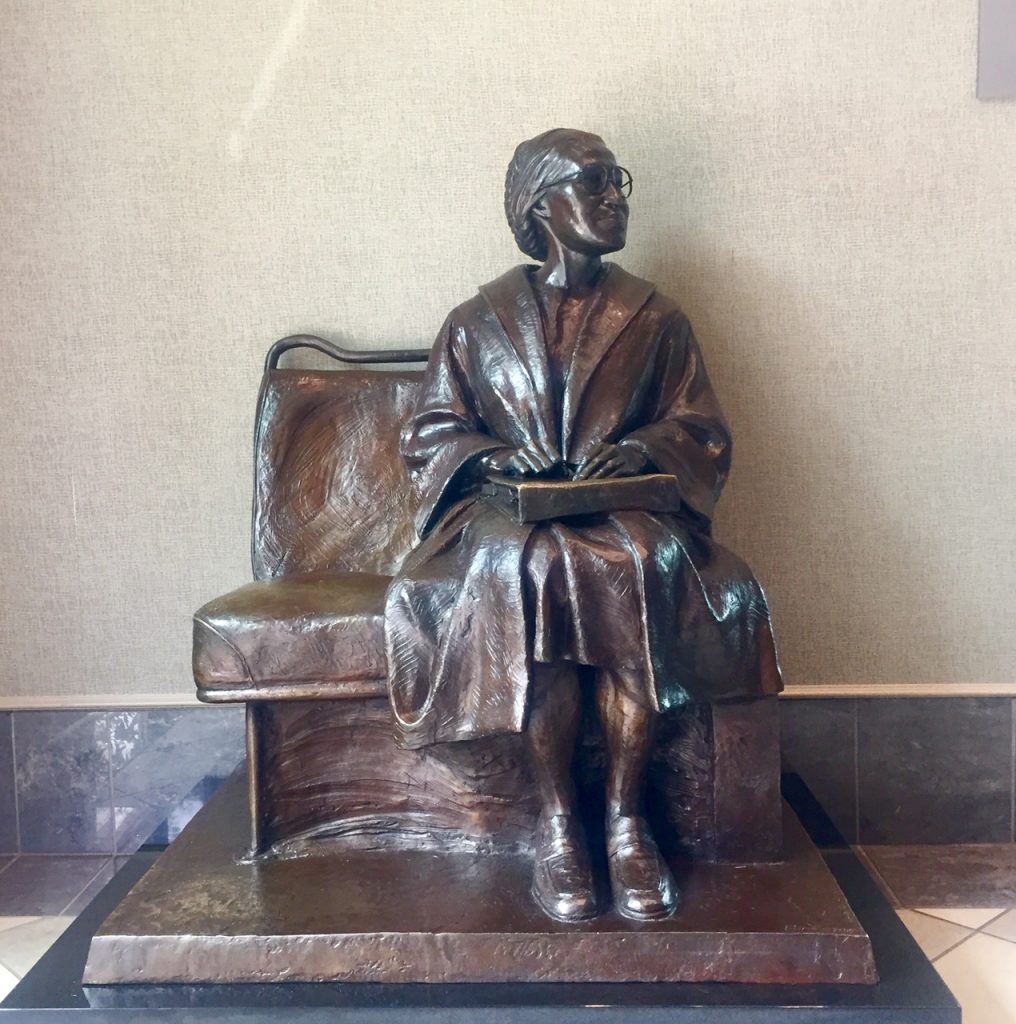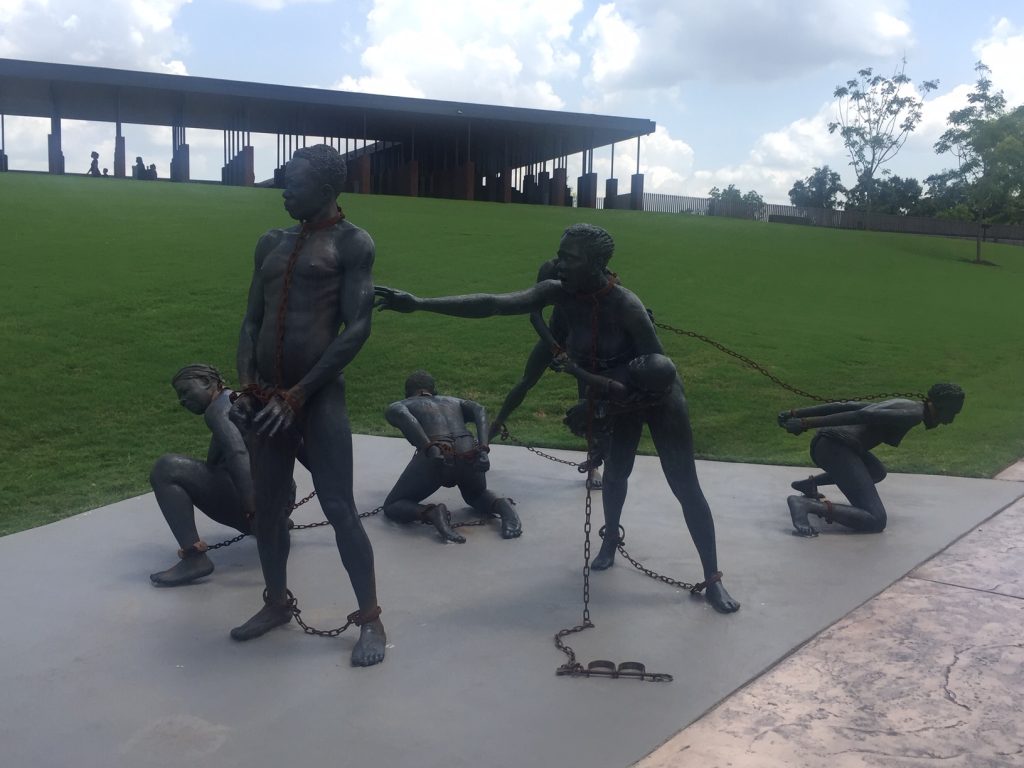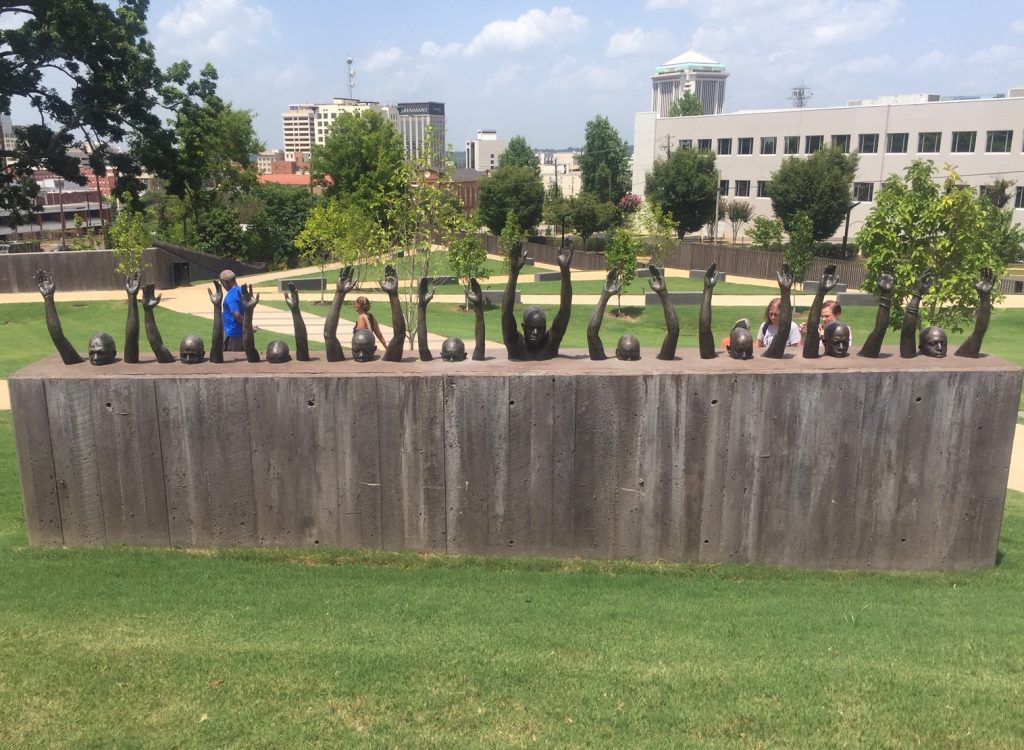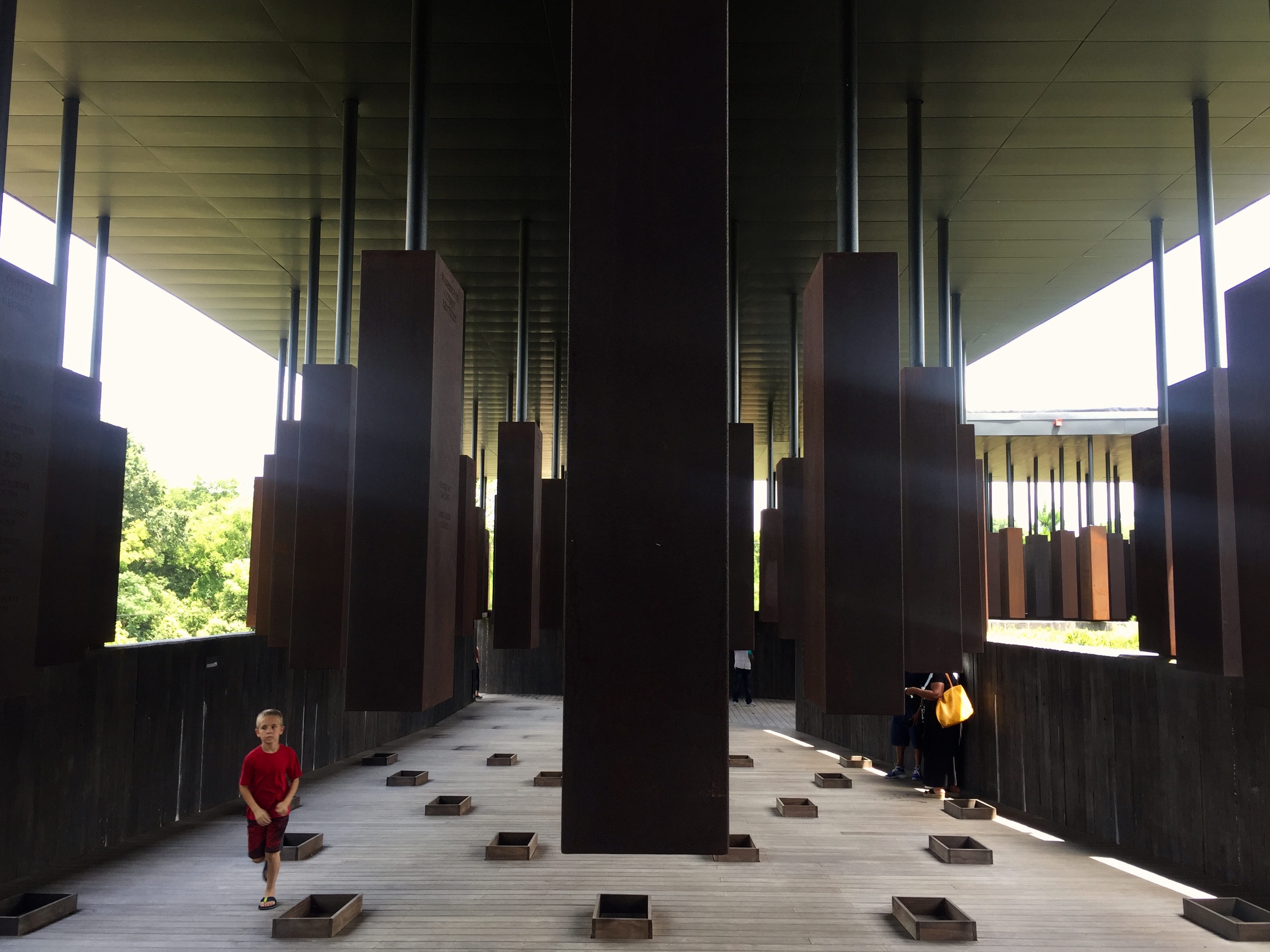This is not a simple story. This is an eternal story of life, and of freedom. The story of Rosa Parks, and the story of thousands of fighters.

When you witness these stories, you’re not going to be able to breathe. And then, you breathe again, because you realize how precious life is and how valuable freedom is. You breathe, knowing that to live is to fight for a cause, for your rights and for your life. You fight, to breathe again.
It all started on a bus…
On December 1, 1955, Rosa Parks changed the course of history, inspiring the African American community. “Women who behave, rarely make History” was written on some T-shirts at the Rosa Parks Museum in Montgomery, Alabama. That December day, Rosa didn’t “behave.” On the contrary, the woman who believed that “you must never be fearful about what you are doing when it’s right” wasn’t afraid of rejecting bus driver James F. Blake’s order to give her seat to a white passenger.
When the policeman asked her if she would stand up, she replied, “No.” When he said that he would arrest her, she replied, “You may do that,” defining herself as a protester not a victim.
After Rosa’s arrest, Jo Ann Robinson, President of the Women’s Political Council, wrote and mimeographed tens of thousands of leaflets calling for a boycott of Montgomery city buses. Then they were distributed to 50,000 of Montgomery’s Black citizens, encouraging them to stay off the buses. “Negroes have rights, too, for if Negroes did not ride the buses, they could not operate,” she wrote.[1]
In the Museum, located on the site of Rosa’s arrest, you can hear troubling stories from the African American community, describing their treatment on the buses as horrible and humiliating. That’s why, in response to the boycott call, thousands of African American citizens refused to ride the buses on December 5, 1955. The time was now. The protest had begun. This was also the day of Rosa’s trial. Civil Rights leader E.D. Nixon arrived at the jail to post her bail. She was found guilty of the 1945 State segregated bus statute and fined $10.
A group called the Montgomery Improvement Association was formed to lead the protest. Dr. Martin Luther King, Jr. was chosen as the group’s leader. “We’re here this evening for serious business. We’re here in a general sense because first and foremost, we are American citizens, and we are determined to acquire our citizenship to the fullness of its meaning,” said the leader at that first mass meeting on December 5, 1955.
The Museum documents the chronological historical facts: large meetings were held after December 5, and donations were given to help the protest. On the other side, Montgomery Police arrested eighty-nine protest leaders, saying the protest was against local law. And it kept an eye on the carpoolers, looking for evidence that they were breaking the law.
Despite the pressures, the buses remained empty. People kept walking or carpooling for months. Jo Ann said that Dr. Martin Luther King Jr. “can move people with words.” He believed in non-violence with passive resistance. The only weapon people carried was the weapon of protest.
The Alabama Historical Association described the 382- day boycott as “the first sustained mass demonstration against segregation in the U.S. A boycott that launched the 20th– century Civil Rights movements.”
Finally, on December 21, 1956, the mandate from the United States Supreme Court arrived in Montgomery, which made segregating seats on buses illegal. The battle was won! And Rosa Parks was described as the Mother of the Civil Rights movement.

Civil rights! This is the key. In the 17thand 18thcenturies, 12 million African people were kidnapped, chained, and brought to the Americas after a torturous journey across the Atlantic Ocean. From 1877 to 1950, millions of Black Americans were targeted by racial terror lynching. The National Memorial for Peace and Justice in Montgomery has documented all the historical facts and the names of victims. SUSI Program Manager Janet Coats told the group that she passed at the Memorial a very elderly woman sitting on a bench, sobbing. She told the guide who was sitting with her, “I found my grandmother’s name.”
And this is not a story. This is the sad reality.
A reality highlighted at the Legacy Museum, from Enslavement to Mass Incarceration. We were even standing on a site where enslaved people were warehoused. I stopped breathing. This is cruel. More than half of all enslaved people saw their families separated during the domestic slave trade. Shalette Spivery, born into slavery in Montgomery in 1852, said, “Slaves were herded in pens like cattle, and sold to do laboring work from the rising to the setting of the sun.”

At the Museum, stories talk about racial injustice and explain how the presumption of guilt assigned to African Americans makes them vulnerable to the unfair administration of criminal justice today, knowing that 27% of Alabama’s population is black.
It just so happened today that I had a notebook bearing Gandhi’s famous quote: “Be the change you want to see in the world.” This was not a coincidence. I looked at my notebook, and I could breathe again.

[1]Copies of the text written by Jo Ann Robinson are in the Museum.
